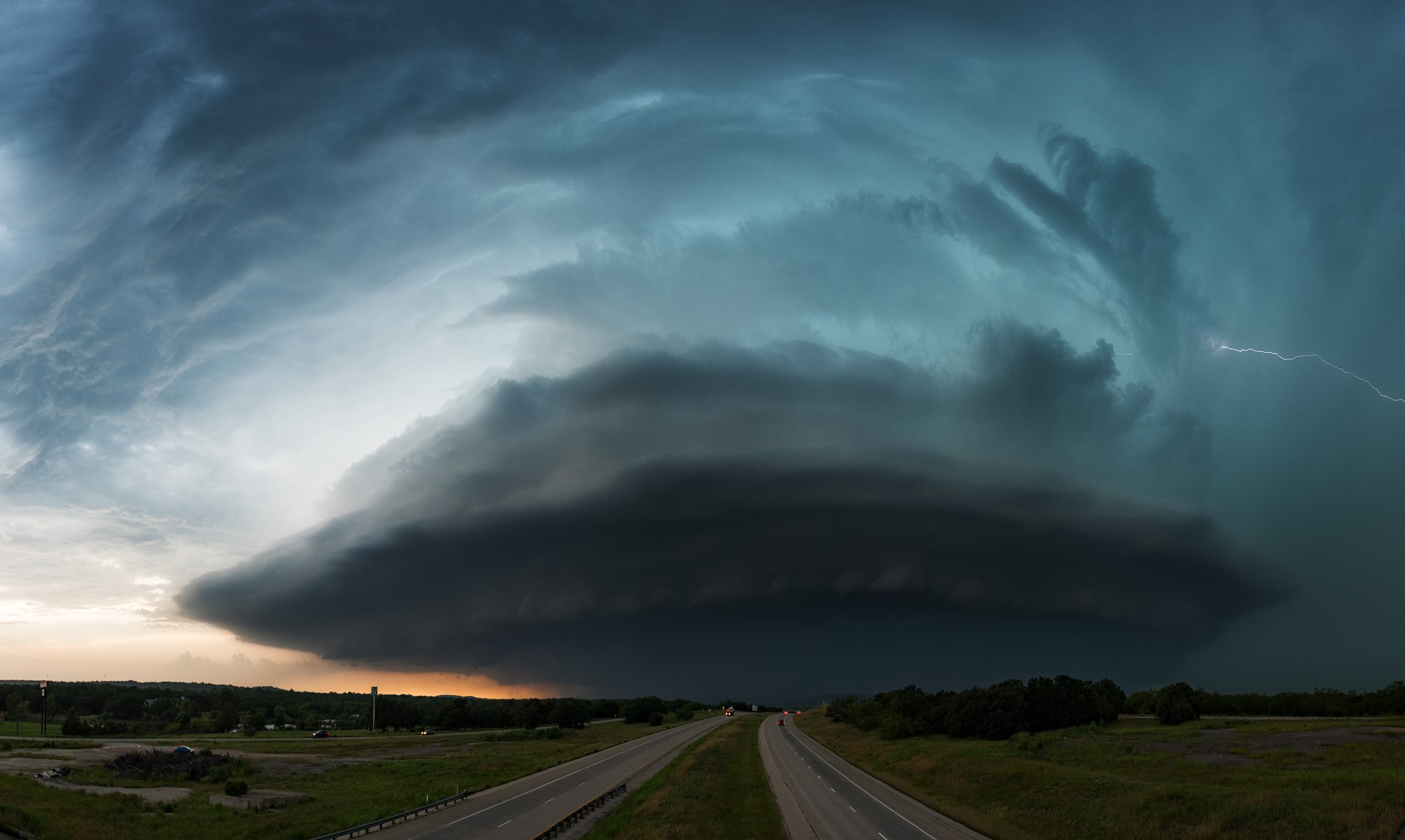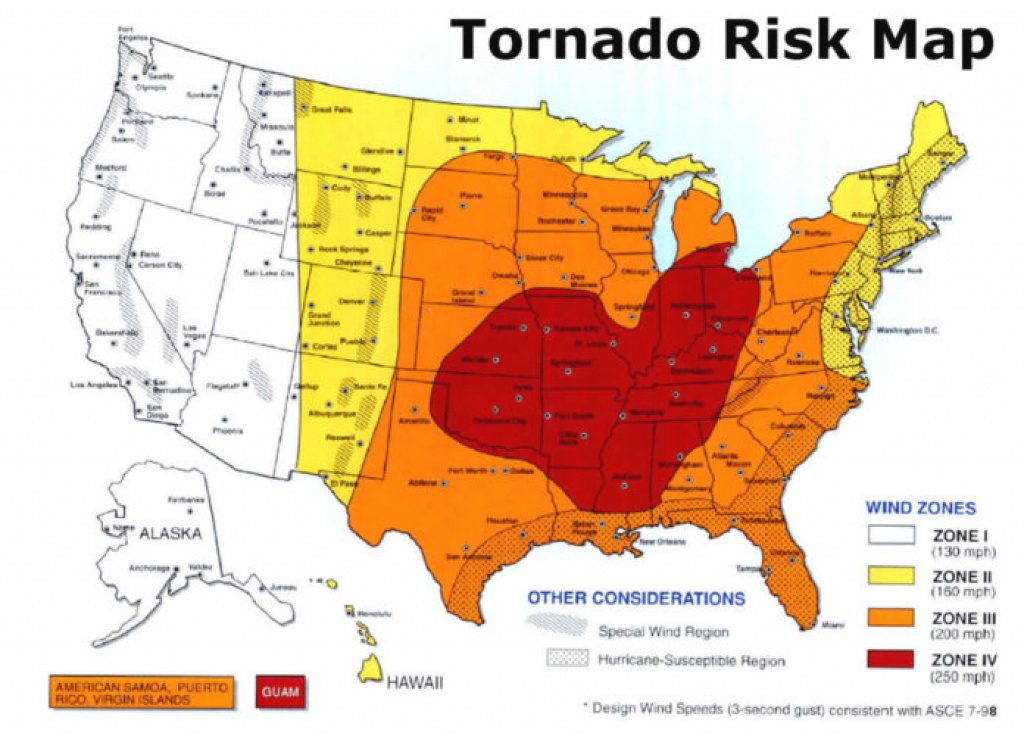Unveiling Tornado Alley: NOAA's Insights & Shifting Patterns
Is the heartland of America, once synonymous with wide-open skies and vast fields of grain, now facing a terrifyingly different reality? Tornado Alley, the infamous stretch of land where twisters dance with devastating frequency, is no longer the static geographical feature it once was. The threat is evolving, and the implications are profound.
The National Oceanic and Atmospheric Administration (NOAA) offers a compelling journey into the heart of this evolving meteorological landscape through its story map, anchored at the NOAA campus in Norman, Oklahoma. Within this hub of innovation, some of the world's most significant scientific and technological breakthroughs in meteorology are born, continuously refining the way forecasts are made and revealing what lies on the horizon. From the front lines of weather forecasting to the cutting edge of scientific research, NOAA strives to keep people informed and safe in a world increasingly shaped by extreme weather events.
The term "Tornado Alley," or "alameda dos tornados" in Portuguese, isn't just a catchy phrase; it's a common descriptor for the central United States. It covers a large region, encompassing multiple states or parts of states, where tornadoes occur with unsettling regularity. However, this long-held understanding is being challenged. The geographical boundaries of this danger zone are shifting, and the implications are significant.
The shift is undeniable. As the United States grapples with more frequent and intense storms, the area most susceptible to these violent weather events is demonstrably changing. Recent data highlights this transformation, with growing evidence suggesting a movement away from the traditional "Tornado Alley" that has been the focus for decades. The oval-shaped area centered on the northeastern part of the region, that was once the heart of tornado activity, is no longer the sole point of concern.
The impact of these violent storms is felt across the nation, as tornadoes can and have touched down in every U.S. state. However, the area historically known as Tornado Alley continues to be where the most dangerous twisters are found. Historically, May and June have been the busiest months for tornado activity, marking the peak of the season. But even that pattern is no longer as clear-cut as it once was.
For many years, this region, encompassing states like Texas, Oklahoma, Kansas, and Nebraska, has been synonymous with tornado formation. It's a place where the confluence of warm, moist air from the Gulf of Mexico meets dry, cold air from Canada, creating the perfect conditions for these terrifying storms. However, the data suggests that the epicentre of these conditions is changing, moving towards the southeastern U.S.
- Kim Kardashian Biography Age Net Worth More Date
- Explore Military Antiques Collectibles 9th Street More
The phenomenon of a supercell thunderstorm is key to understanding how a tornado is formed. These powerful thunderstorms, with their rotating updrafts of air, provide the necessary ingredients. The shift of "Tornado Alley" is more than just a geographical curiosity; it has serious implications for communities, infrastructure, and public safety.
One of the notable changes is the increasing number of tornadoes striking the Deep South. While states like Mississippi build more mobile homes than any other state, and the recent shift shows that these states are facing a severe and costly risk. This raises serious questions about building codes, disaster preparedness, and the need for a renewed focus on safety measures in areas newly vulnerable to these extreme weather events.
The evolving nature of "Tornado Alley" raises critical questions: What does this shift mean for the future of weather forecasting and preparedness? What measures can communities take to mitigate the risks associated with this changing landscape? Why is the area sliding eastward? The answers lie in the complex interplay of weather patterns, climate change, and human impact on the environment.
In the face of a changing climate, understanding how tornadoes form, where they occur, and why they may be moving eastward to the Dixie Alley is critical to being able to protect oneself.
The historical data from 1980 to 1999, compared with the period from 2000 to 2019, show a shift in where large tornado outbreaks are occurring. While states like Minnesota average 46 tornadoes per year. The data underscores the urgency of staying informed about the evolving tornado threat and the importance of heeding warnings from meteorologists.
It's important to note that Tornado Alley isn't an officially designated region, but rather a term used to describe the areas of the United States with the highest frequency of tornadoes.
The shift eastward could be due to a number of factors, including changes in atmospheric conditions, variations in storm tracks, and the influence of climate change. A recent study suggests that tornado formation has moved from the central plains to the Midwest and Southeast since 1951, and that these occurrences are increasingly likely in colder months.
The increase of tornadoes hitting the southeastern U.S. has also raised the question of its vulnerability. Because the area is prone to hurricanes, theyre also not accustomed to dealing with tornadoes, and the building infrastructure needs to be adjusted.
The image below shows how NOAA's story map visualizes the area known as tornado alley. The red area is a high-risk zone that has had its share of problems.
In conclusion, the phenomenon known as "Tornado Alley" is a dynamic and evolving reality. The geographical boundaries are shifting, and the implications are profound. It is necessary for meteorologists, government agencies, and communities to continually adapt to this changing landscape, to stay informed and safe.



Detail Author:
- Name : Art Howell DVM
- Username : mallory.baumbach
- Email : abednar@gmail.com
- Birthdate : 1989-11-18
- Address : 4019 Hansen Ridges Apt. 481 South Gillian, PA 62239
- Phone : +14103890452
- Company : Turner and Sons
- Job : Marriage and Family Therapist
- Bio : Corporis similique et molestias. Et explicabo non quidem hic ut. Voluptas et placeat et nostrum dolor. Est minus ratione qui architecto quos distinctio.
Socials
facebook:
- url : https://facebook.com/aleen.towne
- username : aleen.towne
- bio : Eius et sed adipisci et rerum aut illum dignissimos.
- followers : 2070
- following : 2812
linkedin:
- url : https://linkedin.com/in/aleen_towne
- username : aleen_towne
- bio : Officiis iusto architecto non et ipsa et.
- followers : 2325
- following : 2934
twitter:
- url : https://twitter.com/aleen6668
- username : aleen6668
- bio : Et sit veniam necessitatibus sint omnis aperiam. Consequatur et sed et totam fuga libero voluptate.
- followers : 3005
- following : 1356